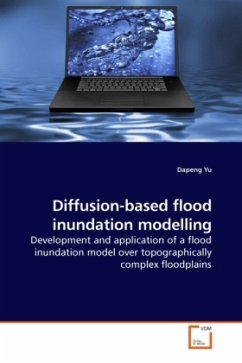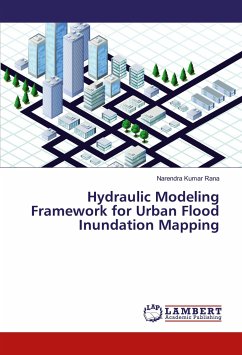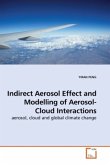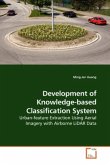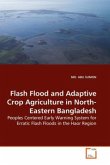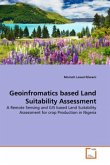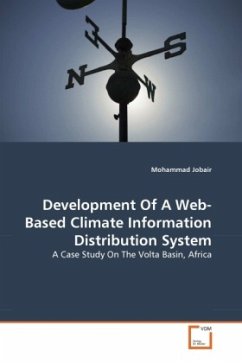This study describes the development and application of a 2D raster-based diffusion wave model (FloodMap), either loosely-coupled or tightly-coupled to a 1D river flow model, to determine patterns of fluvial flood inundation in urban areas using high-resolution topographic data. Applications of the basic model showed that even relatively small changes in model resolution have considerable effects on the predicted inundation extent and timing of flood inundation. Timing sensitivity would be expected given the relatively poor representation of inertial processes in a diffusion wave model. A sub grid scale wetting and drying correction approach was developed and tested for use with the basic model. The method recognises explicitly that representations of sub grid scale topography using roughness parameters will provide an inadequate representation of the effects of structural elements on the floodplain as such elements not only act as momentum sinks, but also have mass blockage effects. This approach is found to give significantly better prediction of fluvial flood inundation in urban areas as compared with traditional calibration of sub grid-scale effects using roughness parameter.
Bitte wählen Sie Ihr Anliegen aus.
Rechnungen
Retourenschein anfordern
Bestellstatus
Storno

